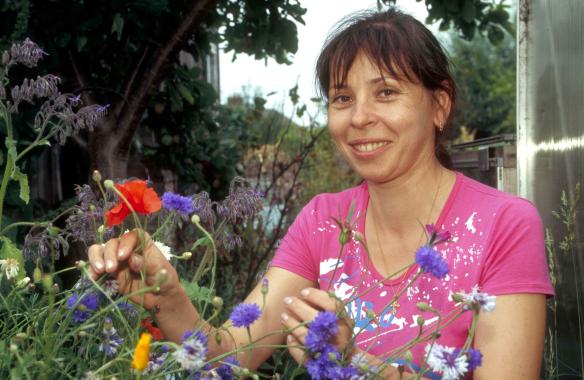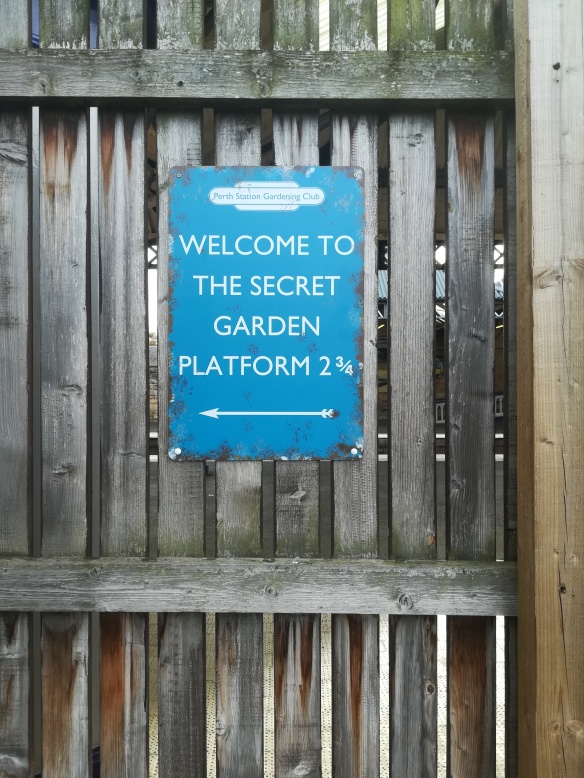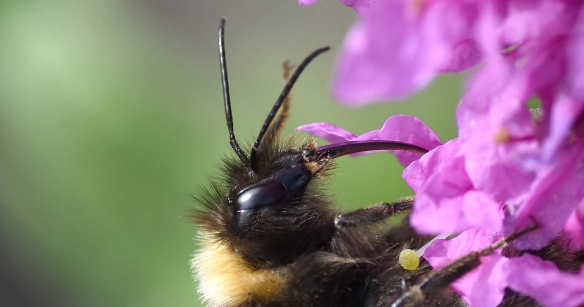Spring and Summer are the busy growing seasons for gardeners, however, there are things we can do for biodiversity beyond those key seasons too. The way you manage and plant your garden can be vital in the quest to help biodiversity. What better way to spend some long evenings than to plan what to plant for next year?

Gardens are a vital resource for pollinators. There are reckoned to be around 23 million gardens in the UK. They come in all shapes and sizes from large gardens through to small patios, but they all play a key part in our landscape and social fabric, and if all gardeners do their bit for biodiversity there is the potential to make a huge difference. Gardens are not only great for biodiversity but for our mental and physical well-being too.
When we talk about managing our gardens more sympathetically for pollinators there can be a quizical look. Exactly what do we mean?
Truth is we mean several things. Amongst the things we would encourage are providing flowering plants for food, areas for nesting and shelter, a variety of plants, delaying that first cut of the grass, and providing flowers from the beginning of spring through to late autumn. All or any of these actions will be a great help to pollinating insects.
Often it is about not being too tidy. Consider that awkward bit of grass in your garden which is tricky to cut.
Why not transform it into a pollinator-friendly border, or simply let it become a ‘wild area’ ? And it’s not just the widflowers and ‘weeds’ in these patches that can help. Insects need dead-wood, long grass and undisturbed areas too. These ‘unkempt’ pockets of your garden could provide ready-made winter home for insects. Remember some ‘weeds’ such as dandelion are actually a very good source of food for early pollinators.
There is a lot of fun to be had planting spring flowering bulbs. Now is the time to think about your bulb orders. Plant in autumn and you could reap the rewards, as could our hard-pressed insects, come next spring. For early in the season you could consider bulbs such as crocus and snowdrops which are valuable for hungry insects emerging in spring.

Over the course of the year a really helpful approach is to aim for variety. Insects vary in feeding preferences. They also need food throughout their life cycles so avoid the hunger or burst scenario by selecting a range of plants which will flower early in the season (as insects emerge) and others which flower late in the season as insects prepare for winter.
Trees and shrubs (if you have space) can be a rich source of food and the likes of crab apple, hazel, cherry and willow are all great for pollinators. Back to flowers, in the late season flowering favourites such as devil’s bit scabious, clovers and cornflower are good, and ivy can be a wonderful hibernation resource.
Television is awash these days with cookery programmes. And herbs are a vital and hugely enjoyable part of cooking. The beauty of having a herb garden is that you don’t necessarily need a lot of space. Pots or containers with chives, sage, thyme and rosemary will attract lots of pollinators and help you add a dash of home-nurtured flavour to your meals.
Thinking beyond planting and managing your space why not consider a small bee hotel which might be just thing for your garden; solitary bees if they are in the area might just take up residence and offers hours of enjoyment.
Gardens are great – and if enough of us do our bit we can make a difference for pollinators across the country.
Your at-a-glance plant guide …
| Pollinator-friendly garden plants
The following suggestions are not exhaustive, there are many other flowers we could have added to this list. |
|||
| Spring | Summer | Autumn | |
| Ornamental plants and herbs | Bluebell, Bugle, Comfrey, Crocus, Hellebores, Lungwort, Spring-flowering heather | Allium, Aquilegia, Borage, Catmint, Columbine, Cosmos, Delphinium, Foxglove, Globe thistle, Lavender, Lupin, Nasturtium, Oregano, Poppy, Scabious, Snapdragon, Sweet pea, Thyme, Verbena, Viper’s bugloss | Aster, Button snakewort, Cornflower, Sedum, |
| Flowering trees and shrubs | Berberis, Broom, Crab apple, Forsythia, Hawthorn, Mahonia, Wild cherry, Rowan, Willow | Buddleia, Bramble, Cotoneaster, Honeysuckle, Laburnum, Rock rose, Viburnum | Hebe, Ivy |
| Wildlflowers in long grass areas | Dandelion, Dead-nettle, Vetches | Bird’s foot trefoil, Clovers, Geranium, Knapweed, Ox-eye daisy, Speedwell, Thistle, Vetch, Yarrow | Autumn hawkbit, Clovers, Vetch |
RESOURCES
The Bumblebee Conservation Trust website has a very good page on gardening to help bees https://www.bumblebeeconservation.org/garden-advice/
Why not take their garden test to see how bee-friendly your garden is @ http://beekind.bumblebeeconservation.org/
There is an excellent resource on the Buglife website that details how to be a wildlife-friendly gardener @ https://www.buglife.org.uk/activities-for-you/wildlife-gardening
Try the Royal Horticultural Society’s guide to Encouraging Wildlife to your Garden
https://www.rhs.org.uk/science/conservation-biodiversity/wildlife/encourage-wildlife-to-your-garden
Read the Pollinator Strategy for Scotland on the Scottish Natural Heritage website @ https://www.nature.scot/pollinator-strategy-2017-2027





 “During the 30th anniversary celebrations of the Glasgow Garden Festival ScotRail funded work with RSPB partners and community groups to promote biodiversity and provide training and guidance.
“During the 30th anniversary celebrations of the Glasgow Garden Festival ScotRail funded work with RSPB partners and community groups to promote biodiversity and provide training and guidance.

















